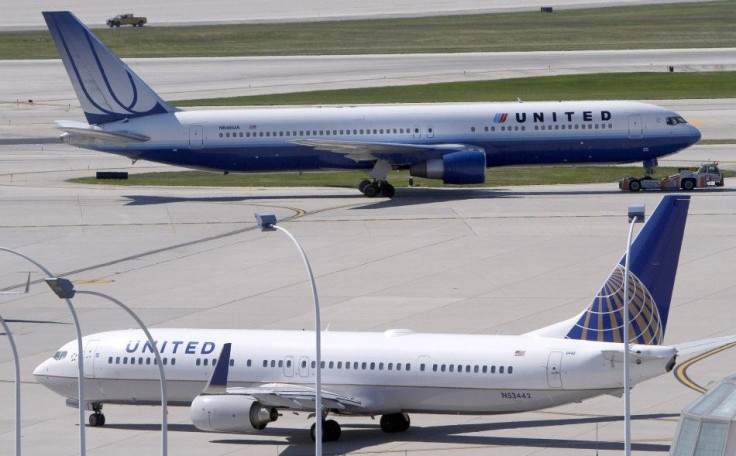Airlines Reap $22.6B In Ancillary Revenues

One thing is clear: The way airlines make money these days is completely different than it was just five years ago.
Ancillary revenue grew to $22.6 billion in 2011, a rise of 66 percent in two years. This is according to a new report commissioned by leading travel technology partner Amadeus and carried out by IdeaWorksCompany. The survey looked at ancillary revenue activity for 108 airlines around the world -- 50 of which disclose ancillary revenue activity -- to identify growth patterns.
We've seen the industry move swiftly to grasp some clear opportunities for providing ancillary services, such as baggage fees, extra legroom and on-board catering, said Holger Taubmann, senior vice president of distribution at Amadeus. The next wave of innovation in ancillary services will come from those airlines that develop new products that support their brand positioning and deliver value to the traveler by meeting their individual needs and preferences.
The study found that ancillary revenue, once largely limited to low-fare airlines, is now the lifeblood of many large carriers worldwide -- and big companies, according to the researchers, generate big results. The top 10 list of ancillary revenue generators is dominated by major brands in the global network.
United Continental led the pack in terms of total revenue, generating $5.2 billion in ancillary fees. Delta ($2.5bn), American ($2.1bn), Qantas ($1.4bn) and Southwest ($1.2bn) rounded out the top five, with European budget carriers easyJet and Ryanair close behind. Delta was the only airline in the top 10 to see its ancillary revenue decrease year-on-year. Southwest, meanwhile, joined the top 10 list for the first time. Though it does not charge fees such as one for checked baggage, it has embraced the sale of convenience-added services.
Based on percentage of total revenue, budget carriers led the way and, according to the survey, rely on ancillary fees as a matter of financial survival. Spirit Airlines generated a whopping 33 percent of its profits from additional charges. Budget carriers Jet2.com, Allegiant, easyJet and Ryanair all generated more than a fifth of their profits from ancillary fees in 2011. Allegiant and Jet2.com reside in the top 10 largely based on their ability to sell total vacation packages.
Qantas, meanwhile, made the most per passenger with the average traveler spending nearly $51 per trip on supplemental charges. The majority of that revenue came from the Qantas Frequent Flyer Program, backed by the power of its Australian network of co-branded credit cards.
Jay Sorensen, president of IdeaWorksCompany, noted a vast change over the five years his company has conducted the survey.
Our first report into ancillary revenue was issued in 2007, when only 23 airlines worldwide disclosed ancillary revenue activity in financial filings, and the result was a modest $2.45 billion, he said. Four years later, 50 airlines today disclose ancillary revenue activity of $22.6 billion. It's clear that airlines recognize the importance of ancillary revenue and are developing increasingly innovative ways to generate this.
Unique services include the following: KLM now charges 12 to 15 euros on select flights for preordered meal upgrades. Qantas sells RFID-equipped bag tags that allow passengers to bypass lines at the ticket counter. Vueling will hold the middle seat empty, board you early and provide a drink and snack for around $73. Air Asia will give you its Red Carpet Service of elite-style perks for about $25.
Sorensen said the survey results describe an evolution that is occurring in how travel is sold to consumers -- an evolution fueled by creative add-ons. The gold rush mentality of grab every buck, quid or kopek while you can, he said, has become a relic of the past.
© Copyright IBTimes 2024. All rights reserved.




















